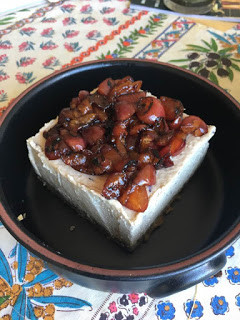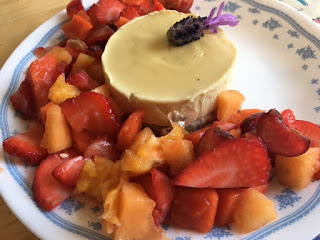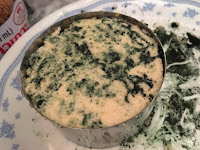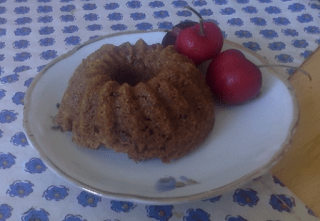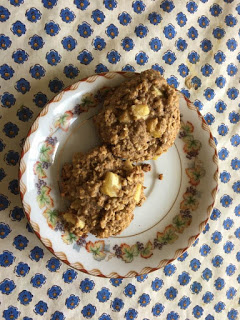Check out our awesome Shavuot table! We just finished hosting our Shavuot party, which is apparently not a huge deal in the United States. I suspect there are two reasons: its lack of proximity to a heavily commercialized Christian holiday (this, after all, is how Hanukkah became such a big deal) and its strong ties to the land (it’s a harvest holiday.) In kibbutzim and moshavim there’s often a nice parade of first fruits of the year (including the babies born that year) and elsewhere in the country people celebrate with a dairy meal. Why dairy? Apparently, the word חלב״ chalav” (milk), in Jewish numerology, adds up to 40, and Moses was on Mount Sinai 40 days.
I took the challenge seriously and put together a holiday party for our friends featuring a whole array of vegan cheeses, which I learned how to make in Noa Shalev’s awesome vegan cheese course (you should take it, so cough up the 350 NIS and do it.) A lot of improvisation went into this – my cheese flavors are original inventions, save for the spirulina one, and my raw cashew cheesecakes are variations on the lemon-lavender cake I made a couple of weeks ago following Noa’s recipe. This time I made mango-basil cake and strawberry-thyme cake. All I did was replace the flavoring. I glanced at one of my new books, The Vegetarian Flavor Bible, to match fruit and herbs, but I find that I already have a pretty good gut feeling about combinations.
Anyway, from bottom to top: green salad with avocado, nectarines, and strawberries, dressed in quince vinegar from Nan at Vermont Quince; spiralized salad of cucumber, carrot, beet, and radish, dressed in a mix of good mustard and Nan’s quince salsa; cauliflower ceviche; “chevre” cheeseballs flavored with nigella, chimichurri, za’atar, zchug, and ras-el-hanout; leek-mushroom quiche with chickpea base; vegan lasagna with tofu ricotta: four hard cheeses, flavored with spirulina, turmeric-cumin, miso, and garlic-zchug; breads and crackers; and the aforementioned raw cakes.
A good time was had by all!




